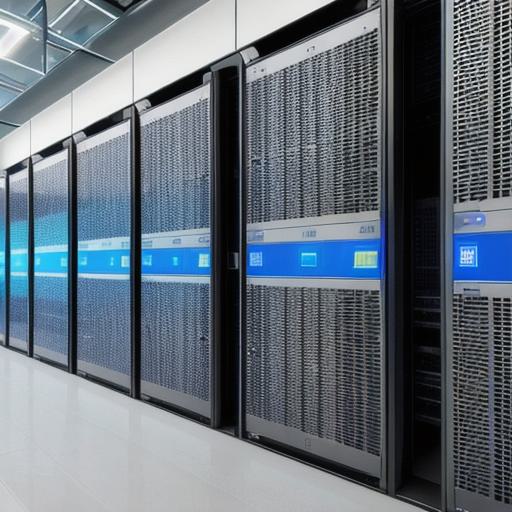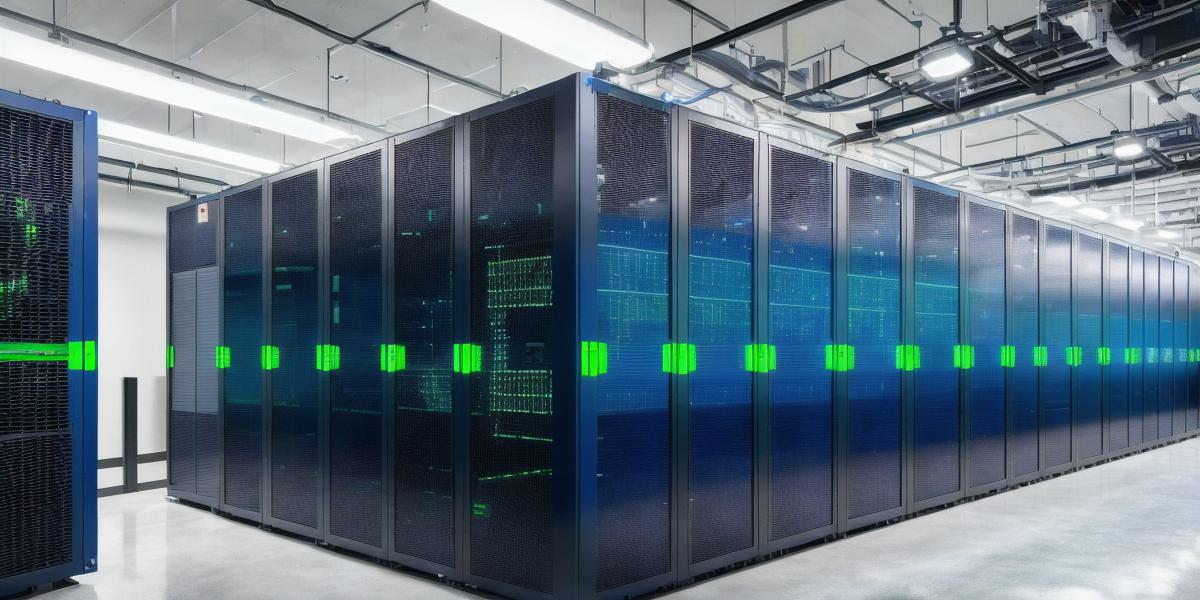Effectively Cooling a Data Room
: Ensuring Optimal Performance and Preventing Equipment Overheating
Data rooms are essential infrastructure for businesses that house critical IT equipment. However, these spaces can generate significant heat due to the high power consumption of servers and other electronic devices. Proper cooling is crucial to maintain optimal performance and prevent costly equipment damage. In this text, we will discuss effective ways to cool a data room.
Why Cooling is Important for Data Rooms


Heat can negatively impact data center equipment’s performance and lifespan.
Overheating can cause:
- Hardware Failures: High temperatures can lead to components malfunctioning or failing, causing downtime and potential data loss.
- Reduced Efficiency: Heat reduces the efficiency of IT equipment, leading to increased energy consumption and higher operational costs.
- Increased Risk: Overheating can increase the risk of fires and other safety hazards, posing a threat to personnel and property.
Best Practices for Cooling Data Rooms
- Implement an Effective Air Conditioning System: A well-designed HVAC system is essential for maintaining appropriate data room temperatures. Choose a system that can handle the heat load effectively, providing adequate cooling while minimizing energy consumption.
- Use Hot and Cold Aisle Containment: This cooling strategy involves separating the hot and cold air paths within the data room, ensuring efficient use of cooling resources and better temperature control.
- Employ Economizers: Economizers utilize outside air for cooling when conditions allow, reducing the reliance on mechanical cooling and saving energy.
- Properly Seal the Data Room: Ensure that the data room is well-sealed to prevent hot air from entering and cold air from escaping. Regular inspections of doors, windows, and vents are necessary to maintain a tight seal.
- Monitor Temperature and Humidity Levels: Implement a reliable monitoring system to ensure temperature and humidity levels remain within the recommended range for optimal performance and equipment longevity.
- Schedule Regular Maintenance: Regularly inspect and maintain your cooling infrastructure to prevent component failures and ensure continued efficiency.
- Use Airflow Management Strategies: Proper airflow management, such as using blanking panels or hot aisle/cold aisle containment, can help improve cooling efficiency and reduce the load on the HVAC system.
Conclusion
Effectively cooling a data room is essential for maintaining optimal performance, preventing equipment overheating, and ensuring data security. By implementing best practices such as a well-designed air conditioning system, economizers, and proper sealing, you can create an environment conducive to the longevity and efficient operation of your critical IT infrastructure. Remember that regular maintenance and monitoring are crucial components to maintaining a cool and stable data room environment.
